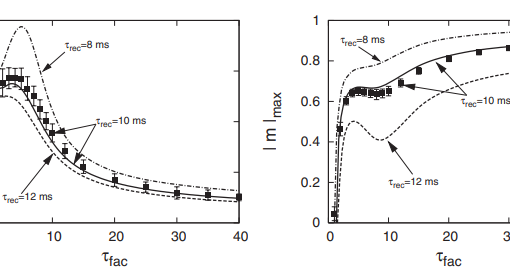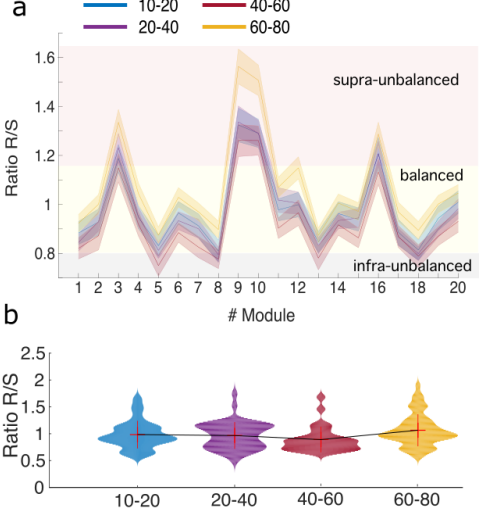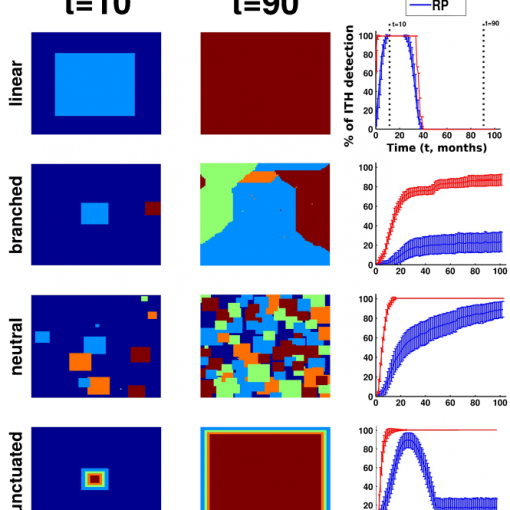Jorge Garcia Condado, Ines Verdugo Recuero, Iñigo Tellaetxe Elorriaga, Colin Birkhenbil, Maria Carrigan, Ibai Diez, Rachel F Buckley, Asier Erramuzpe, Jesus M Cortes. Aging as an active player in Alzheimer’s Disease Classification: Insights from feature selection in BrainAge Models. Neuroimage 2025. [pdf]
Abstract: Background: BrainAge models estimate the biological age of the brain using neuroimaging or clinical features, making them promising tools for studying neurodegenerative diseases like Alzheimer’s disease. However, the reliance of BrainAge models on neuroimaging features such as grey matter volume and hippocampal atrophy, can introduce biases linked to individuals’ ages as these features are influenced both by normal aging and Alzheimer’s disease progression. The potential presence of such age-biases raises a critical question: can BrainAge models trained to estimate biological brain aging make meaningful contributions to Alzheimer’s diagnosis, or does any introduced age-bias conflate aging effects with disease pathology? Understanding how deliberate feature selection impacts this confounding effect is essential for developing reliable age-related biomarkers. Methodology:
We ranked neuroimaging and neuropsychological features based on their mutual information with age and their discriminative power across four clinical groups: cognitively normal, Mild Cognitive Impairment, Alzheimer’s Disease, stable Mild Cognitive Impairment and progressive Mild Cognitive Impairment. Iteratively, we trained BrainAge models using different subsets of these features, some optimized for predicting aging and others for discrimination of clinical Alzheimer’s disease stages. We assess the error in BrainAge delta, the difference between predicted biological age and chronological age, and evaluate its classification performance across clinical groups. Finally, we compare using deltas for classification with a logistic regression model directly trained on the neuroimaging features used in the BrainAge models. Results: Neuroimaging features are more strongly correlated with aging, while neuropsychological features exhibit greater discriminative power for Alzheimer’s disease classification. BrainAge models optimized for age prediction yield deltas that are suboptimal when used for classifying Alzheimer´s disease, whereas models trained to generate deltas optimized to be used for classifying Alzheimer’s disease have reduced age prediction accuracy. This trade-off suggests that BrainAge models may not optimally separate aging-related changes from disease-specific alterations. BrainAge models have varying classification accuracy as compared to direct utilization of features in logistic regression. However, BrainAge provides a continuous measure, offering a single output that can be used across clinical stages, in contrast to classification approaches that require explicit labels for each disease stage. Conclusion: Aging significantly affects BrainAge-based classification of Alzheimer’s disease. Feature selection plays a critical role in mitigating this effect, as the outputs of models trained to predict age, the deltas, may fail in Alzheimer´s disease classification. These findings underscore the need for task-specific feature selection and model design to ensure that BrainAge models are ppropriately applied in neurodegenerative disease research.




